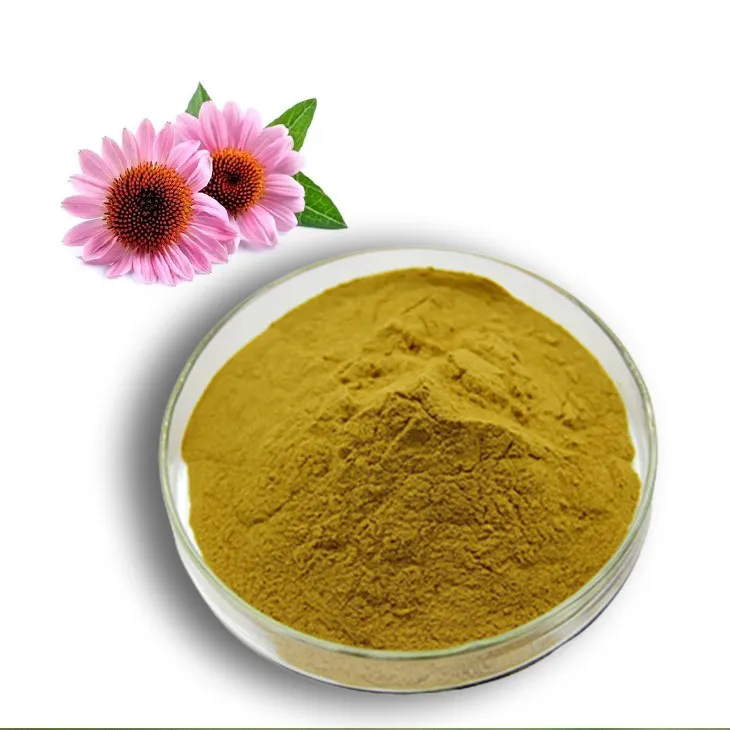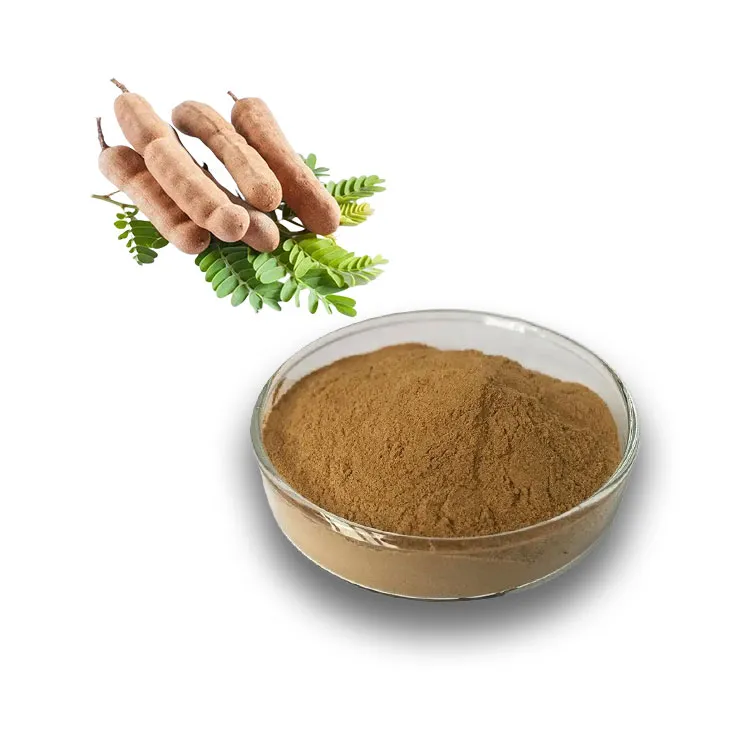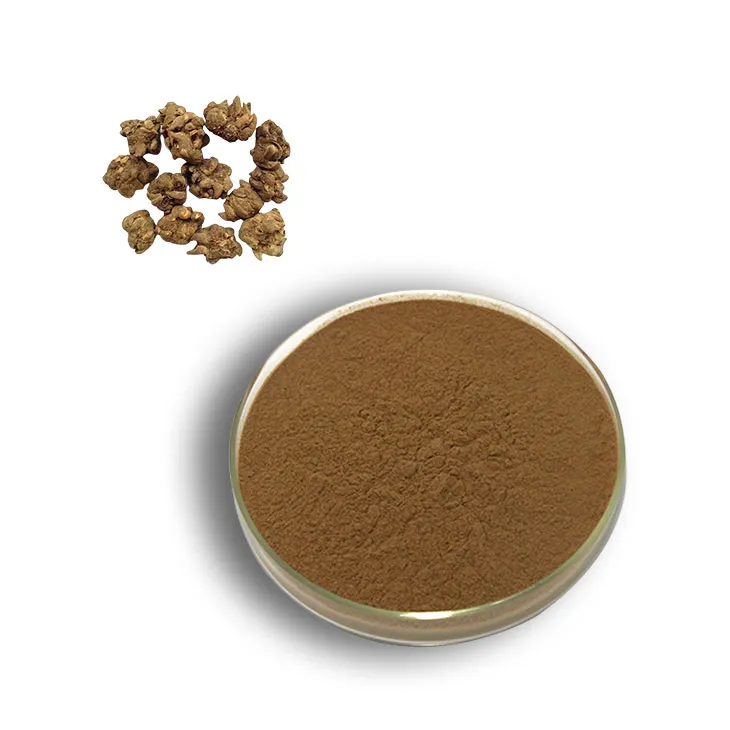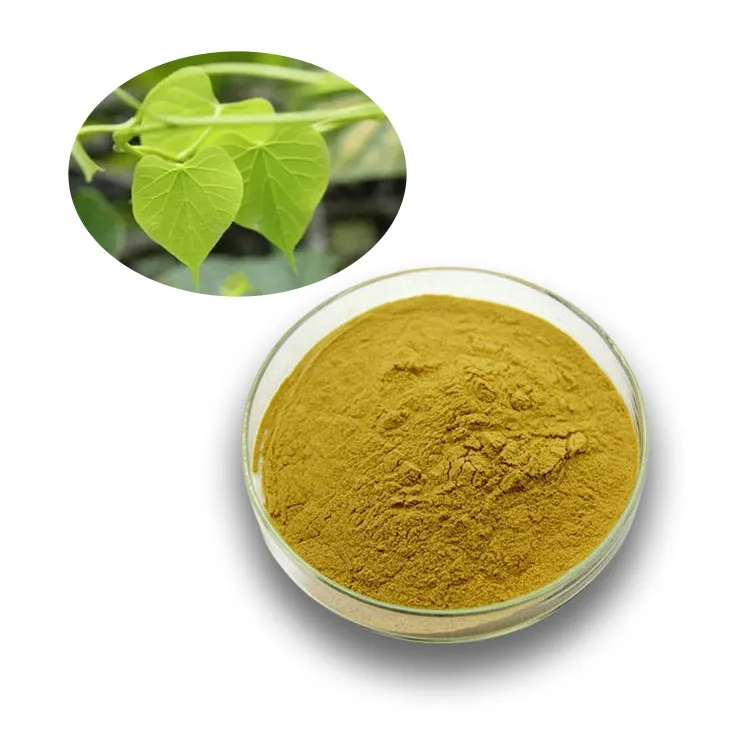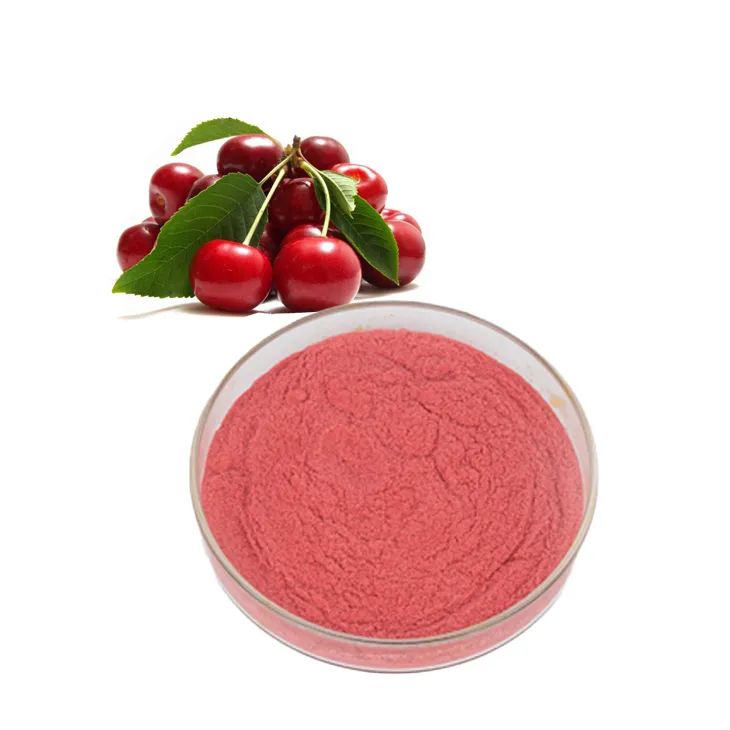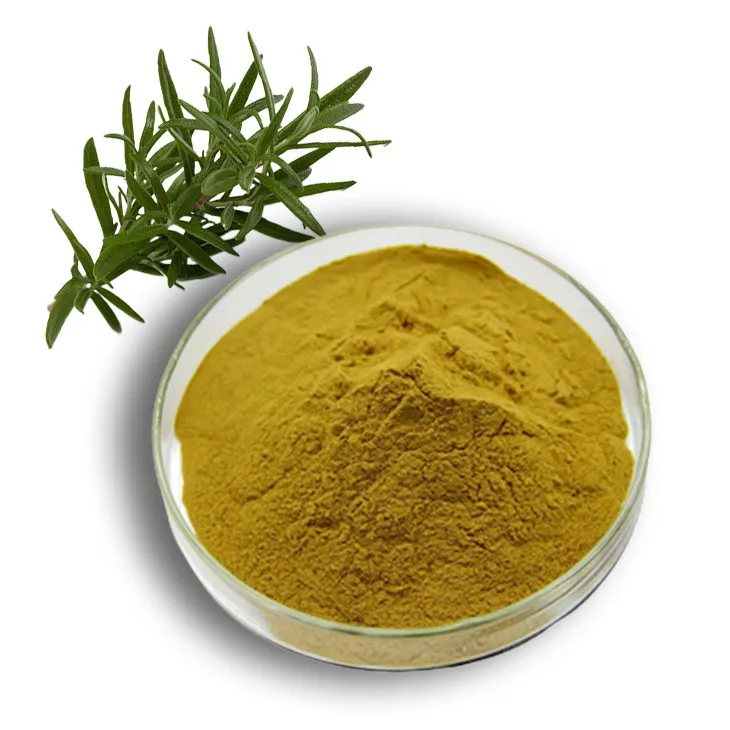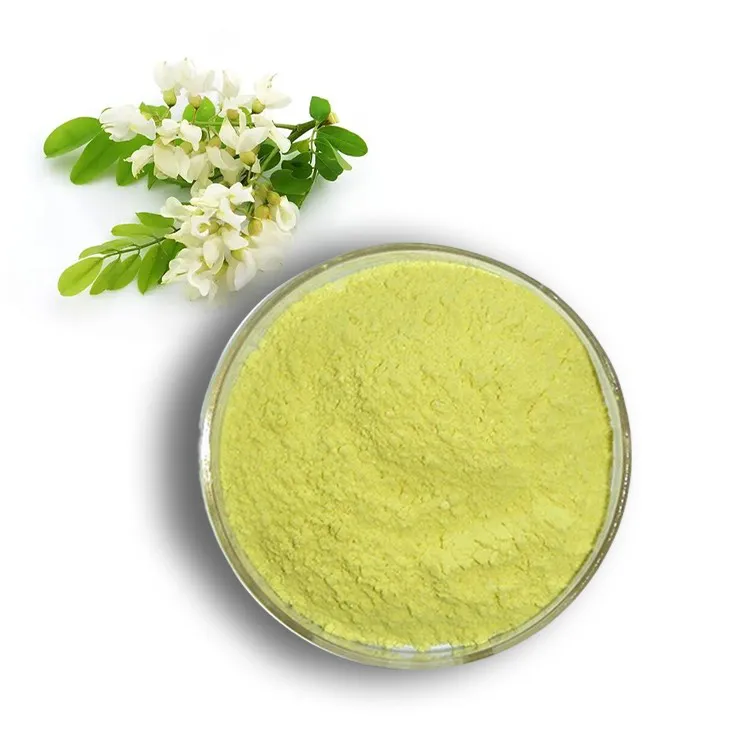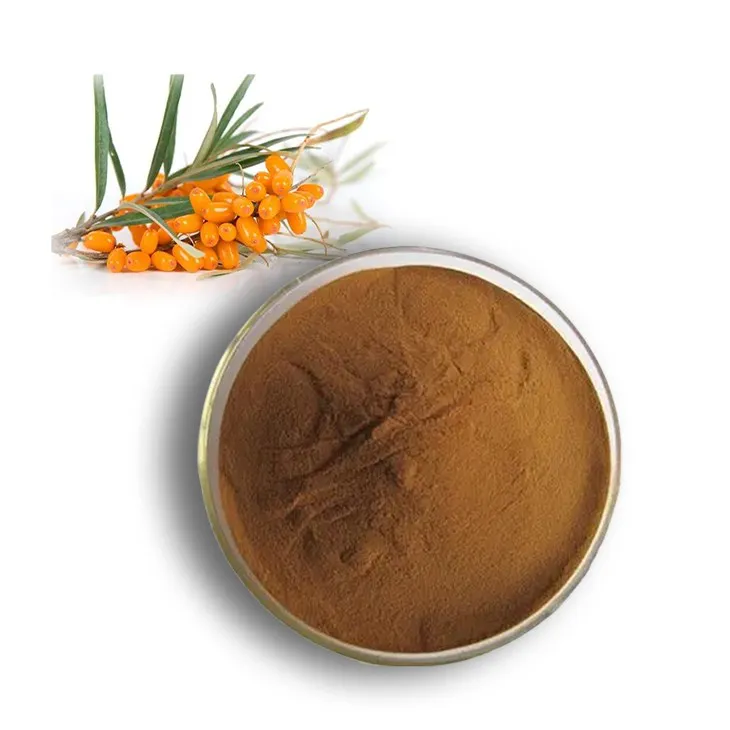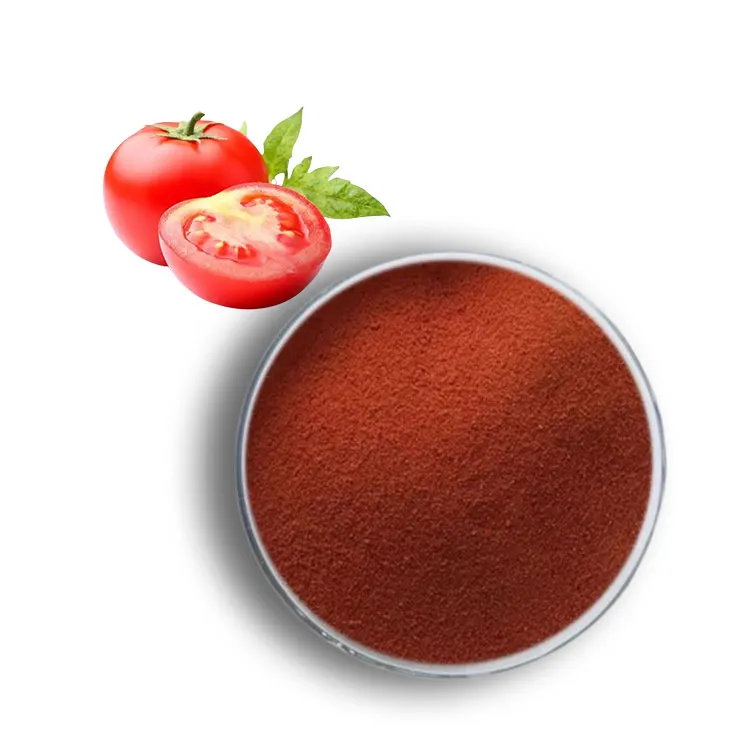- 0086-571-85302990
- sales@greenskybio.com
Sweetening Up Your Health: The Multifaceted Benefits of Stevia
2024-07-04
Introduction
In the modern world, where health consciousness is on the rise, people are constantly seeking alternatives to traditional sugars. One such alternative that has gained significant popularity is stevia. Stevia is a natural sweetener that offers a host of benefits, making it an appealing choice for those looking to improve their health while still satisfying their sweet tooth. This article will explore in detail the various ways in which stevia can positively impact one's well - being.
Stevia and Diabetes Management
1. Blood Sugar Stability
For individuals with diabetes, maintaining stable blood sugar levels is of utmost importance. Stevia stands out as a great option in this regard because it does not cause a spike in blood sugar levels. Traditional sugars, such as sucrose and fructose, are rapidly absorbed into the bloodstream, leading to a quick increase in blood glucose. This can be particularly dangerous for diabetics, as it requires the body to secrete more insulin to regulate the glucose levels. However, stevia is different. It is a non - nutritive sweetener, meaning it has little to no effect on blood sugar or insulin levels. Studies have shown that when diabetic patients consume stevia - sweetened products instead of those with regular sugar, they experience more stable blood glucose readings throughout the day.
2. Glycemic Index Consideration
The glycemic index (GI) is a measure of how quickly a carbohydrate - containing food raises blood sugar levels. Foods with a high GI are quickly digested and absorbed, causing a rapid rise in blood sugar. Stevia, having a negligible impact on blood sugar, effectively has a very low glycemic index. This makes it an ideal sweetener for diabetic diets. Diabetic individuals can use stevia to sweeten their beverages, such as coffee or tea, and in cooking and baking, without the worry of disrupting their carefully managed blood sugar levels. By choosing stevia over high - GI sweeteners, diabetics can have better control over their diabetes and reduce the risk of long - term complications associated with poor blood sugar control.
Stevia for Weight Management
1. Low - Calorie Nature
One of the major challenges in weight management is reducing calorie intake. Stevia is a valuable tool in this fight against excess weight because it contains an extremely low number of calories. In fact, stevia is virtually calorie - free. When compared to traditional sweeteners like sugar or honey, which are calorie - dense, the difference is quite significant. For example, a teaspoon of sugar contains about 16 calories, while the same amount of stevia contains negligible calories. This means that individuals can sweeten their foods and drinks with stevia without adding a significant amount of extra calories to their diet. Over time, these small calorie savings can add up and contribute to weight loss or help in maintaining a healthy weight.
2. Satiety and Cravings
Another aspect of weight management where stevia can play a role is in dealing with satiety and cravings. Sweet cravings are a common obstacle for those trying to lose weight. By using stevia to satisfy the sweet taste buds, individuals can avoid the high - calorie sugary treats that often lead to overeating. Additionally, stevia can be used in recipes for low - calorie, yet satisfying, desserts and snacks. These stevia - sweetened options can help individuals feel full and satisfied without the calorie overload. For example, a stevia - sweetened fruit salad or a low - calorie stevia - based pudding can be a great alternative to high - calorie, sugar - laden desserts.
Stevia's Antioxidant Properties
1. What are Antioxidants?
Antioxidants are substances that can prevent or slow damage to cells caused by free radicals. Free radicals are unstable molecules that are produced in the body during normal metabolism as well as in response to environmental factors such as pollution, smoking, and UV radiation. These free radicals can react with other molecules in the body, including DNA, proteins, and lipids, and cause oxidative damage. Stevia contains antioxidant compounds that can help neutralize these free radicals. The presence of antioxidants in stevia gives it an added health benefit beyond just being a sweetener.
2. Health Benefits of Stevia's Antioxidants
The antioxidant properties of stevia can contribute to overall well - being in several ways. Firstly, they may help in reducing the risk of chronic diseases such as heart disease, cancer, and neurodegenerative diseases. By neutralizing free radicals, stevia's antioxidants can prevent oxidative damage to cells in the arteries, which is a key factor in the development of heart disease. In the case of cancer, antioxidants can help protect the DNA from damage that could lead to mutations and the development of cancer cells. Secondly, antioxidants in stevia can also have anti - inflammatory effects. Chronic inflammation is associated with many diseases, and by reducing inflammation, stevia may play a role in promoting better health. Additionally, antioxidants can help improve skin health by protecting skin cells from oxidative damage caused by UV radiation and environmental pollutants.
Stevia in Oral Health
1. Impact on Dental Caries
One of the concerns with traditional sugars is their negative impact on oral health, particularly in relation to dental caries or cavities. Bacteria in the mouth feed on sugars and produce acids that can erode tooth enamel. Stevia, on the other hand, is not fermentable by the oral bacteria. This means that it does not provide the fuel for bacteria to produce acids that can damage teeth. Using stevia - sweetened products instead of sugary ones can help reduce the risk of developing cavities. It can be a great alternative for those who are prone to dental problems or for parents looking for a healthier sweetener option for their children's oral health.
2. Gum Health
In addition to its role in preventing dental caries, stevia may also have a positive impact on gum health. The anti - inflammatory properties of stevia, which are related to its antioxidant content, can help reduce inflammation in the gums. Gingivitis, an early stage of gum disease, is characterized by inflammation of the gums. By reducing inflammation, stevia may contribute to healthier gums. Moreover, since stevia does not contribute to the growth of harmful oral bacteria like traditional sugars do, it can help maintain a more balanced oral microbiome, which is essential for overall oral health.
Stevia and Digestive Health
1. Absorption and Digestion
Stevia is easily absorbed by the body and does not cause any significant digestive problems. Unlike some artificial sweeteners that may cause gastrointestinal discomfort in some individuals, stevia is generally well - tolerated. It passes through the digestive system without being broken down in the same way as traditional sugars. This can be beneficial for people with sensitive stomachs or those who experience digestive issues when consuming regular sweeteners. For example, individuals with irritable bowel syndrome (IBS) may find stevia to be a more suitable sweetener option as it is less likely to trigger symptoms such as abdominal pain, bloating, or diarrhea.
2. Impact on Gut Microbiota
The gut microbiota plays a crucial role in overall health, including digestion, immune function, and even mental health. Stevia may have a positive impact on the gut microbiota. While more research is needed in this area, some preliminary studies suggest that stevia may help promote the growth of beneficial bacteria in the gut. This is likely due to its non - nutritive nature and the fact that it does not disrupt the gut environment in the same way as traditional sugars. A healthy gut microbiota can lead to better digestion, improved nutrient absorption, and a stronger immune system.
Conclusion
In conclusion, stevia is a natural sweetener with a wide range of benefits. It is a great option for diabetics, helping them manage their blood sugar levels more effectively. For those looking to manage their weight, stevia's low - calorie nature is a significant advantage. Its antioxidant properties contribute to overall well - being, reducing the risk of chronic diseases and promoting better health at the cellular level. Additionally, stevia has positive implications for oral and digestive health. As more research is conducted on stevia, we are likely to discover even more benefits. However, it is important to note that while stevia is a healthy alternative to traditional sugars, it should still be consumed in moderation as part of a balanced diet.
FAQ:
What makes stevia a good alternative for diabetics?
Stevia is a great alternative for diabetics because it doesn't cause a spike in blood sugar levels. Traditional sugars can rapidly increase blood glucose, which is a major concern for diabetics. Stevia, on the other hand, provides a sweet taste without this negative effect on blood sugar, allowing diabetics to enjoy sweet - tasting foods and beverages in a more health - friendly way.
How does stevia contribute to weight management?
Stevia contributes to weight management as it contains almost no calories. When people are trying to lose or maintain weight, reducing calorie intake is crucial. Since stevia can be used as a substitute for high - calorie sugars, it helps in cutting down on calorie consumption without sacrificing the sweet taste in foods and drinks, which can be beneficial for those watching their weight.
Can you explain the antioxidant properties of stevia?
The antioxidant properties of stevia are related to the compounds it contains. Antioxidants in stevia can help in neutralizing harmful free radicals in the body. Free radicals are unstable molecules that can damage cells and contribute to various health problems, such as aging and certain diseases. By having antioxidant properties, stevia can play a role in promoting overall well - being by protecting the body's cells from this damage.
Are there any side effects of using stevia?
For most people, stevia is considered safe. However, some individuals may experience mild side effects such as an aftertaste, which can be described as slightly bitter or licorice - like. In rare cases, there may be allergic reactions, but this is not common. Overall, compared to many artificial sweeteners and traditional sugars, stevia has relatively few potential negative impacts.
How can stevia be incorporated into a daily diet?
Stevia can be incorporated into a daily diet in various ways. It is available in powder or liquid form. You can use it to sweeten your coffee, tea, or other beverages instead of sugar. In cooking and baking, it can also be used as a substitute for sugar in many recipes, although the amount may need to be adjusted as stevia is much sweeter than sugar. Additionally, there are many stevia - sweetened products available in the market, such as yogurts and some low - calorie desserts, which can be easily included in the diet.
Related literature
- The Health Benefits of Stevia: A Comprehensive Review"
- "Stevia: A Natural Sweetener with Antioxidant and Anti - Diabetic Properties"
- "Stevia in Weight Management: A Promising Alternative to Sugar"
- ▶ Hesperidin
- ▶ citrus bioflavonoids
- ▶ plant extract
- ▶ lycopene
- ▶ Diosmin
- ▶ Grape seed extract
- ▶ Sea buckthorn Juice Powder
- ▶ Beetroot powder
- ▶ Hops Extract
- ▶ Artichoke Extract
- ▶ Reishi mushroom extract
- ▶ Astaxanthin
- ▶ Green Tea Extract
- ▶ Curcumin Extract
- ▶ Horse Chestnut Extract
- ▶ Other Problems
- ▶ Boswellia Serrata Extract
- ▶ Resveratrol Extract
- ▶ Marigold Extract
- ▶ Grape Leaf Extract
- ▶ blog3
- ▶ Aminolevulinic acid
- ▶ Cranberry Extract
- ▶ Red Yeast Rice
- ▶ Red Wine Extract
-
Echinacea Extract
2024-07-04
-
Tamarind extract powder
2024-07-04
-
Cat Claw Extract
2024-07-04
-
Tinospora cordifolia extract
2024-07-04
-
Acerola Extract
2024-07-04
-
Cranberry Extract
2024-07-04
-
Rosemary extract
2024-07-04
-
Troxerutin
2024-07-04
-
Buckthorn bark extract
2024-07-04
-
Lycopene
2024-07-04











